In our monthly newsletter, we have been highlighting five trends in the roofing industry that are sparking changes in how we go about roofing. The NRCA presented an article on the topic, and we decide to share with you our thoughts on the subject.
As you can see, the roofing industry is not the same as it was 50 years ago. Multiple advances have happened to the products we use, regulations for roofers, and even in the information needed for bidding. We can’t turn a blind eye to several trends that are forcing change to happen in the industry today.
Trend 1: Extreme Weather
As we experienced in 2018 and 2019, the weather is getting more unpredictable. From hurricanes and tornados to wet and rainy summers to snowy and cold winters, our weather conditions are not what they used to be. Across the broad more extreme weather is taking effect on the performance of roof systems. Hurricanes across the south boards with high winds and heavy rain are a threat. Just in Michigan, we have been experiencing tropical storms with heavy winds and shower along with the winters being below 15 degrees one day, and the next is 45 degrees and wet. High winds are the most concerning because it can pull up roof coverings and expose the roof deck to water.
These quickly changing conditions are forcing the roofing industry to take a look at the old roofing system to make the appropriate modification. The goal is to make roofs more durable and more protective to withstand the unpredictable weather.
Trend 2: Insurance Standards
With the threat from the extreme weather conditions, Insurance companies are influencing how often roof systems are replaced, the type of products that are being installed, and how they are installed on the roofs. Insurance companies are forcing building owners and contractors to install high quality performing roof systems by making better products and installation methods more attractive. Therefore there are fewer insurance claims due to damaged roofs.
“As a trend in 2020 and beyond, you can expect to see IBHS standards and others like them become more common throughout the U.S. and Canada as roofing contractors make them part of their businesses,” Jack Gottesman writes in the NRCA article.
Trend 3: Building Codes
Like insurance standards, building codes are adapting to severe weather conditions as well. State and Local governments are incentivizing more robust, weather-resistant, and efficient roof systems to protect the citizens from damage to their homes and buildings.
They are mandating roof systems that stand up to high wind, heavy rain, and snow. Along with mandating more efficient roofing materials. For example, in California, they require solar-reflective shingles to help with energy use.
Trend 4: Innovative products
With the new building code and insurance, standards come new products to meet them. The roofing materials that offer minimum protection is no longer good enough. Manufacturers are bringing forth products that provide more options. For example, products that a wind-resistant, impact-resistant, and heat-reflective shingles, helping contractors meet demands.
Beyond 2020 manufacturers are bringing new innovative products to the industry that will give contractors the ability to offer higher protection to their customers.
Trend 5: Informed Consumers
One of the most important trend that is shaping the roofing industry and other industries as well- is the fact that consumers are more informed than ever.
For multiple years we haven’t seen significant changes in the buying and selling process of roof systems. During those days, building owners had little knowledge of roofing products and even less interest in them; they simply relied on the contractors. Nowadays, consumers can’t help but be more informed on what products are higher quality and the methods used for installing the roofing systems. With media blowing up everywhere, consumers now are better educated, savvier, and more skeptical.
Back then, consumers were buying the contractors, not the material brands. But consumers are barraged with information on weather conditions, natural disasters, and how to save a few bucks. So the bottom line when it comes down to their roofs, they are going to do some research before making a purchasing decision.
This forces contractors to be informed of the trends in the industry and to make better decisions on their methods and products that are being used or that they recommend.
Despite these constant changes with the industry, one thing has stayed the same: Good looking roofs. Although these trends may be a burden on contractors at first, they are necessary to continue to keep people safe and keeping the building looking good.

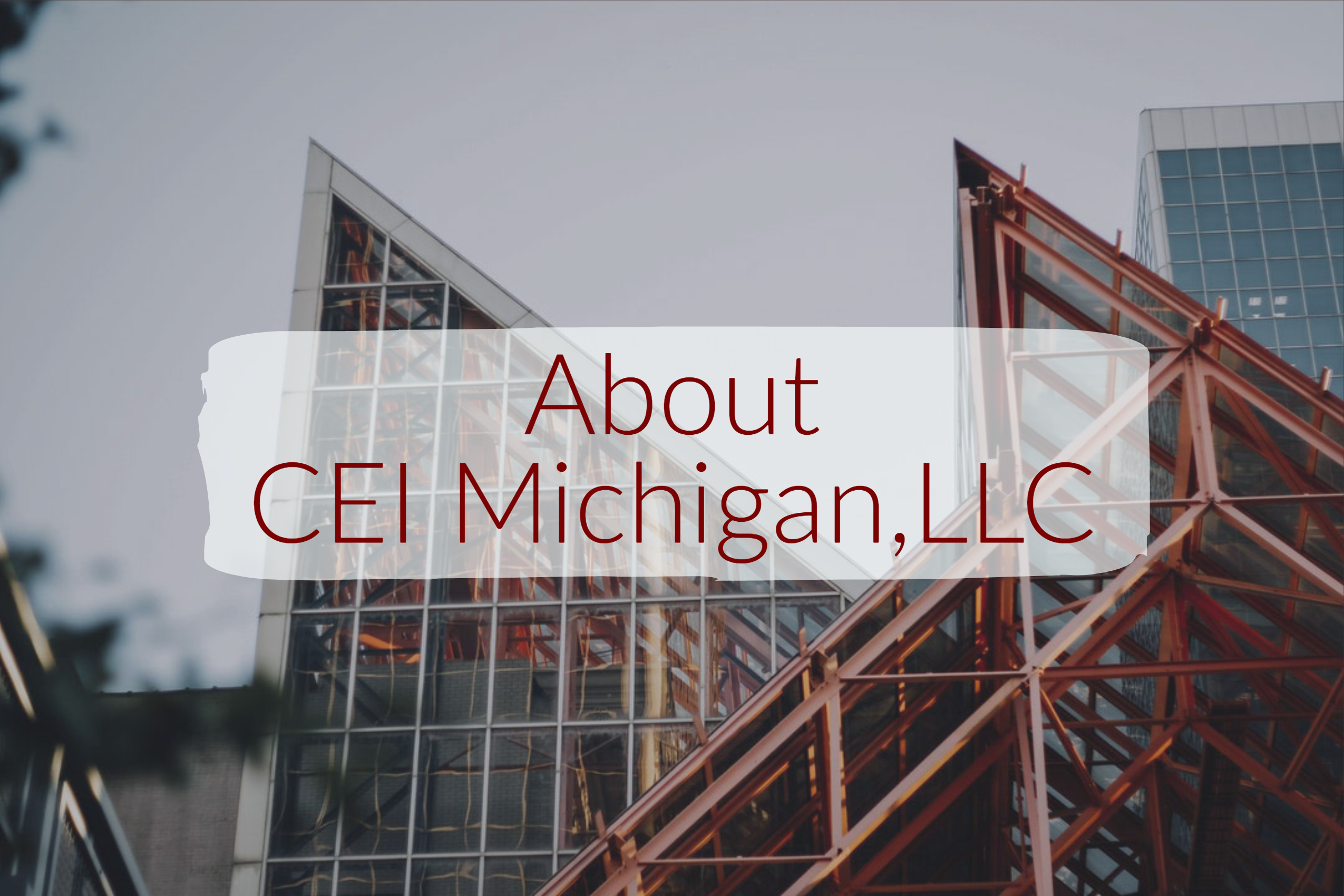




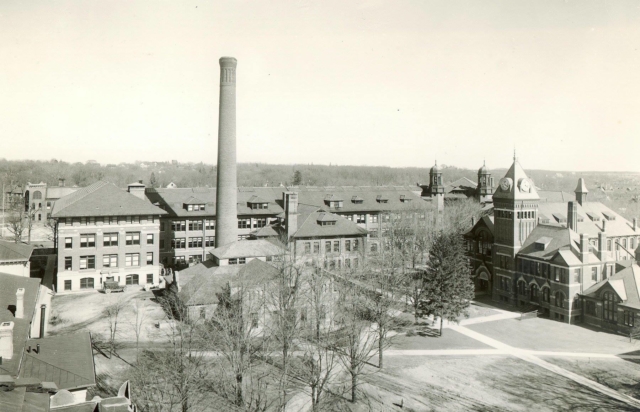
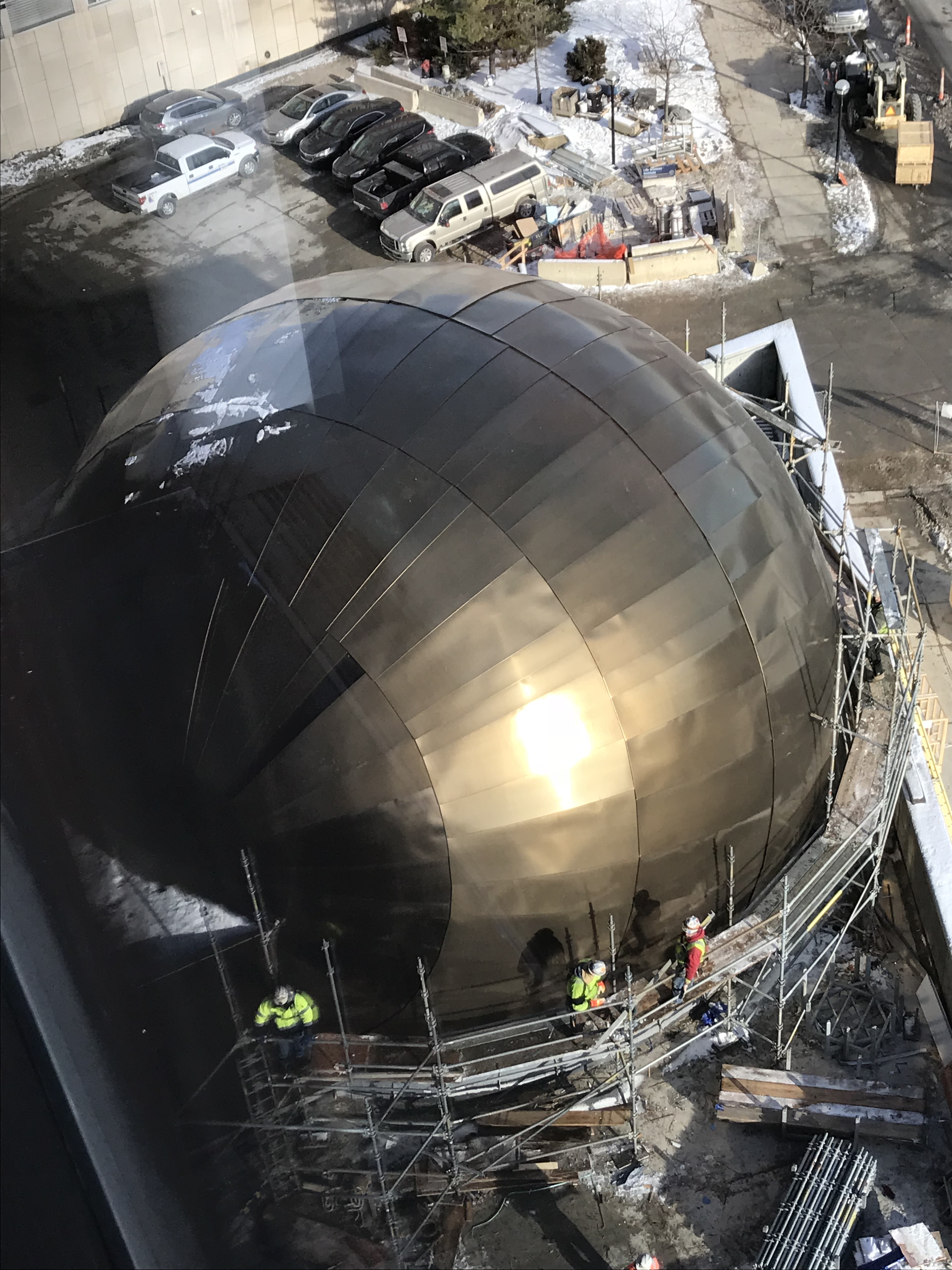
 worked on. The 300,000 gross square foot building, will be used for a variety of student resources including research laboratories, classrooms, vivarium services, and the four museums. It also has connections to the current Life Sciences Building.
worked on. The 300,000 gross square foot building, will be used for a variety of student resources including research laboratories, classrooms, vivarium services, and the four museums. It also has connections to the current Life Sciences Building.
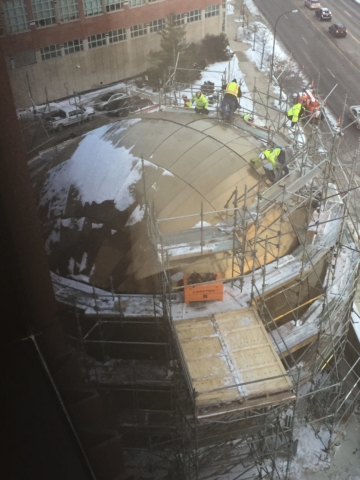

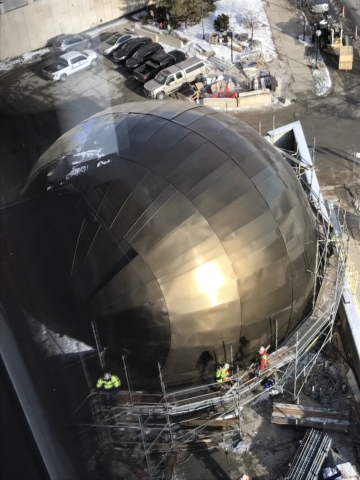

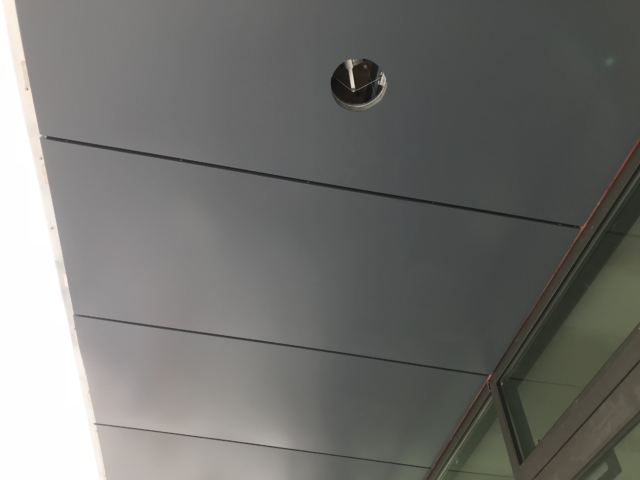


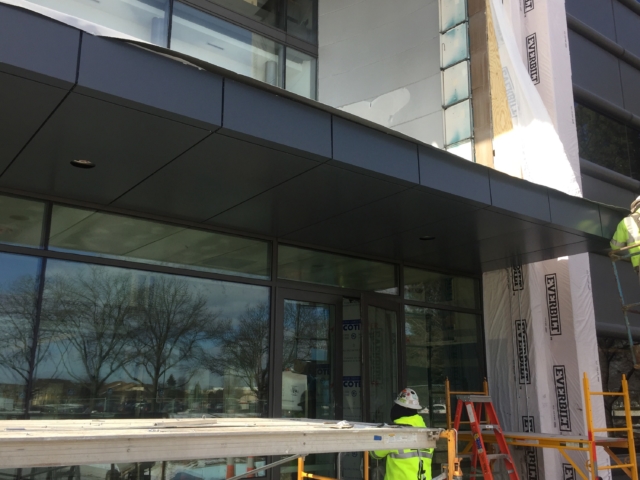



 At that time it was outside of campus and city limits of Ann Arbor. As the city has grown it has encompassed the Observatory. It is one of the oldest observatories of its kind. CEI has been put to the test of restoring this amazing piece of architecture. The dome that is the highlight of the building is quite
At that time it was outside of campus and city limits of Ann Arbor. As the city has grown it has encompassed the Observatory. It is one of the oldest observatories of its kind. CEI has been put to the test of restoring this amazing piece of architecture. The dome that is the highlight of the building is quite


